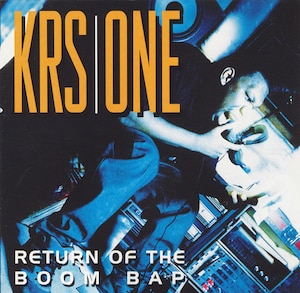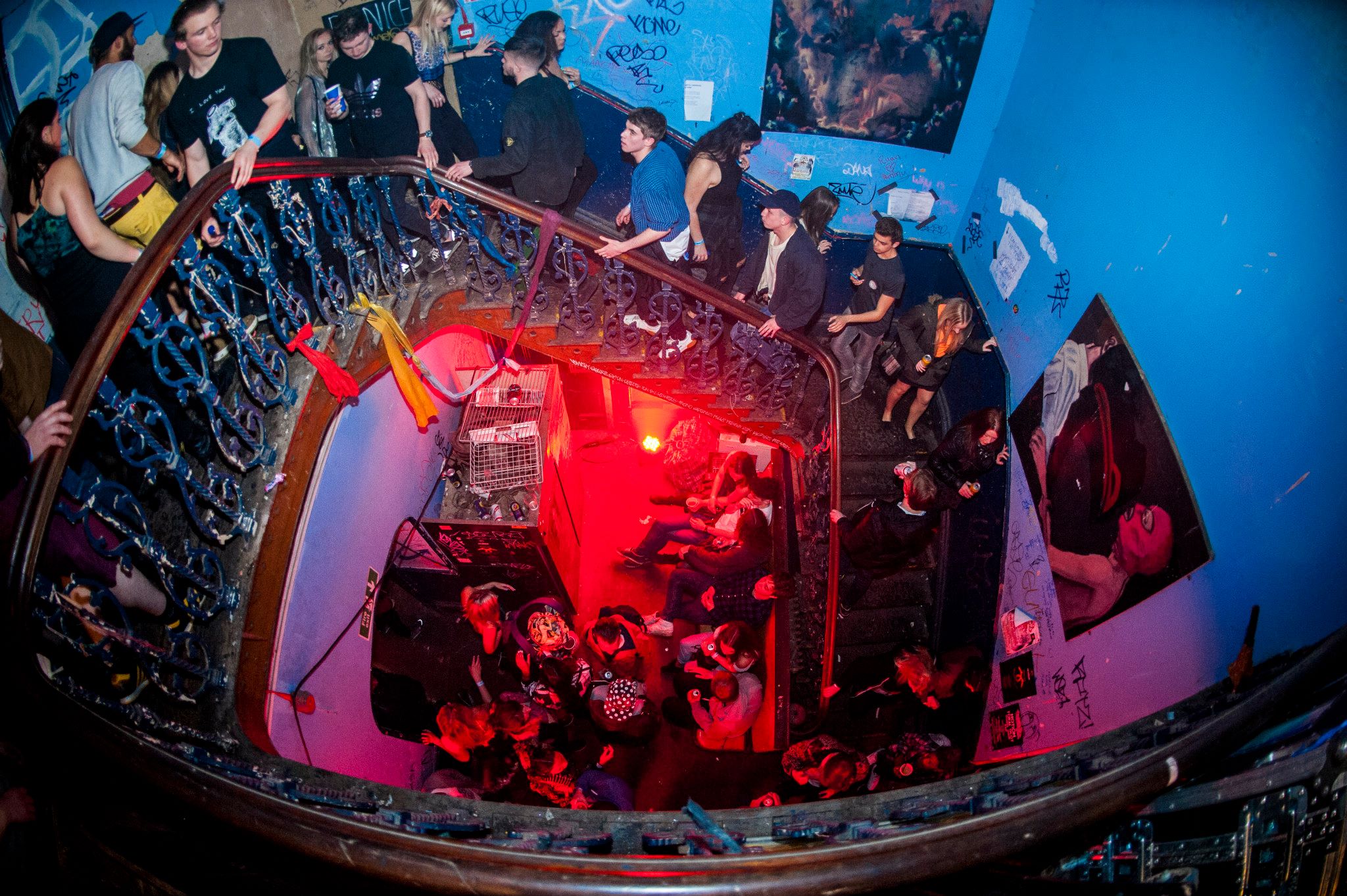In Search of Boom Bap
Phillip Mlynar revisits the ’90s hip hop style that DJ Premier and Pete Rock made famous, and finds its origins run far deeper into the genre’s history than he first realized.
“Premier, he may kill me for this, and Nas may kill me for this too, but I gotta let you hear this shit,” joked Q-Tip mid-way through a Red Bull Music Academy lecture in New York City earlier this year. The former A Tribe Called Quest mainstay then cued up an alternate unreleased version of Nas’s 1994 Illmatic album track “Memory Lane (Sittin’ In Da Park)” as produced by DJ Premier. The sound that filled the room was vicious, the menacing song fueled by an angular, almost atonal sample and crackling snare hits. “Eerie” was how Tip himself described it. It was an archetypal example of boom bap, the style of production which came to define an era of hip hop during the ’90s.
Classic boom bap is a persuasive experience, with beats that are visceral and rousing. It is hip hop at its brawniest.
These days, however, the notion of tagging something as boom bap has become more of a backhanded compliment. The phrase is frequently applied to East Coast hip hop to suggest that its architects are dated and trading on former glories. Boom bap has been used in more glowing terms to describe the music of Joey Bada$$ and his Flatbush-based Pro Era collective, not least after Bada$$ dropped rhymes over a DJ Premier production earlier this year. But Joey’s take is markedly more laidback than the bounding, energetic ’90s version. Classic boom bap is a persuasive experience, with beats that are visceral and rousing. It is hip hop at its brawniest.
To find out where boom bap came from, it’s important to define what it is. Most recognize DJ Premier and Pete Rock as two of the sub-genre’s most famous producers. Talking to Premier, the idea of strength and power was key to boom bap’s genesis. “The drums have to smack,” he explains. The Bronx-born Diamond D, who’s best known as part of the Diggin’ In The Crates collective, backs up Premier’s description, saying, “It’s raw, gritty and unpolished hip hop that normally features a DJ scratching.” He adds that the SP-1200, MPC-60 and Akai-900 were the technological tools of choice that got him “that 16-bit boom bap sound.”

KRS-One, who released an album called Return Of The Boom-Bap, breaks down the template in wordier terms: “The ‘boom’ is the kick drum and the ‘bap’ is the snare. Boom bap is a style of music where the drums are highly emphasized, even exaggerated and distorted. However, this style of music isn’t just about distorted drums – there’s an aggressive marching, driving, dramatic rhythm to the production itself.” He adds that boom bap stays loyal to hip hop’s original make-up because it nods to the days when DJs and emcees had little in the way of recording equipment and were forced to make music from other artists’ sonic scraps. “The vibe of boom bap is to use the least amount of instruments to create the most amount of rhythmic sound,” he says.
“The vibe of boom bap is to use the least amount of instruments to create the most amount of rhythmic sound.” KRS-One
If boom bap is hooked around drums that smack and hit with a grit-sodden crunch, then 1993’s Return of the Boom Bap is the sub-genre’s grand call to arms. Remembering the time period, KRS says that hip hop “production was extremely watered down and less confrontational… The album title Return Of The Boom Bap was a call back to the original intent of hip hop’s music production and rebellious music style.”
KRS says that the executives at Jive Records suggested he work with big name commercial producers of the day on Boom Bap. His plan already in mind, KRS told them he wanted DJ Premier to produce it instead. (At the time Premier had courted some critical acclaim with his group Gang Starr, but had received little in the way of wider mainstream recognition.) Diamond D remembers it as “a bold statement to make in an era of shiny suits.” KRS knew it wouldn’t be a commercially successful decision, but he was more concerned reconnecting with “the streets and all those that clung to the original break-beat sounds of hip hop.”
Going through those original sounds, you’ll find a pivotal release from 1984: T La Rock’s “It’s Yours.” Produced by Rick Rubin, the track is an undeniable classic. It closes out with T La Rock ad libbing along to the beat using a boom bap patter. Taking time out from working on a movie of his life, the Bronx-based T La Rock says that “boom-bap” was an expression he often used to say when he was following the beat in a song. He would repeat it in a now-familiar “boom, bap, boom-boom bap” fashion, replicating the rhythm of the kick and the snare drums.
“In those days they would always edit out the ad libs towards the end, which was when I would say boom bap quite often.”
Both KRS-One and Diamond D cited “It’s Yours” as the first time they heard the phrase ever used. Asked if he might be the inventor of the phrase, T La Rock is resolute. “Definitely. Who was doing it before then?” He adds that the only other person he recalled saying the phrase was The Amazing Bombay, a member of his previous group The Undefeated Four. “I also used it when I was recording other songs,” T La Rock continues, “but in those days they would always cut the songs shorter and edit out the ad libs towards the end of the song, which was when I would say boom bap quite often.”
DJ Premier suggests that there’s wider credence to T La Rock’s early invocation of boom bap as an old-school slang phrase. “Grandmaster Flash told me recently that if it’s hip hop then it has to go boom, bap, boom-boom, bap,” he says. “When Flash tells me that in regular conversation, not only do you not question it, you accept it.” Despite the two decade gap between the slang phrase and the sub-genre, both conceptions of boom bap emphasize the power and impact of the kick and the snare drums, whether as a cue to rapping along to the beat or something to prioritize in the studio. Where did boom bap come from? That’s not hugely important. It’s simply part of hip hop’s DNA, and you know it when you feel it.

